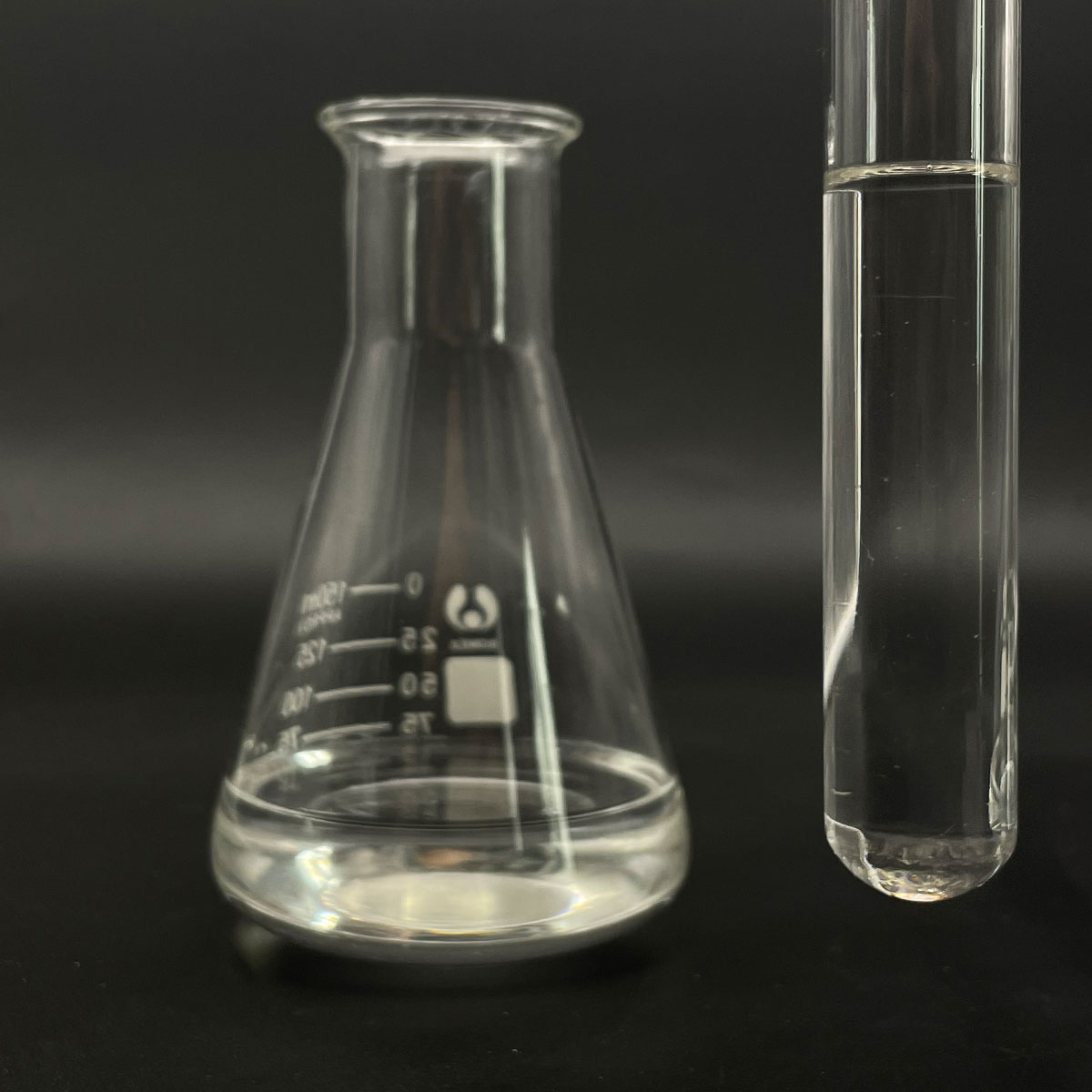1. Introduction
In the past 48 hours, the European Commission’s Scientific Committee on Consumer Safety (SCCS) released a preliminary opinion reaffirming the safety of sodium lauryl sulfate (SLS) in rinse-off cosmetic products at concentrations up to 1%, while urging caution in leave-on formulations. This update has reignited consumer interest in understanding what SLS truly is, where it’s used, and how it compares to other surfactants like sodium laureth sulfate and alkyl polyglucoside.

Sodium lauryl sulfate—also known as sodium dodecyl sulfate, natrium lauryl sulfate, or simply SLS—is one of the most common anionic surfactants in household and personal care products. Despite its widespread use, confusion persists about its safety, function, and alternatives. This article clarifies the science behind SLS and related compounds.
2. What Is Sodium Lauryl Sulfate?
Sodium lauryl sulfate (SLS), chemically known as sodium dodecyl sulfate, is a synthetic anionic surfactant derived from lauryl alcohol (dodecyl alcohol). Its primary function is to reduce surface tension, enabling water to spread and penetrate more easily—making it an effective foaming, cleansing, and emulsifying agent.
The meaning of surfactant lies in its ability to interact with both water and oil. Surfactants have a hydrophilic (water-loving) head and a hydrophobic (oil-loving) tail. This dual nature allows them to lift dirt, grease, and microbes from surfaces—a property essential in soaps, shampoos, toothpastes, and even herbicide formulations.
3. Common Uses of SLS
SLS is found in a vast array of products due to its strong cleansing power and low cost. Key applications include:
- Personal care items: shampoos, body washes, toothpaste, and facial cleansers
- Household cleaners: dish soaps, laundry detergents, and all-purpose sprays
- Industrial applications: as a wetting agent for grass (lawn wetting agent), surfactant for herbicides, and in formulations like surfactant for weed killer
- Laboratory reagents: used in protein denaturation and electrophoresis due to its ability to disrupt cell membranes
It is also frequently listed under aliases such as sls sodium lauryl sulfate, na lauryl sulfate, or lauryl sulfate.

4. SLS vs. Similar Surfactants
Consumers often confuse SLS with sodium laureth sulfate (also called sodium lauryl ether sulfate or sodium lauryl ether sulphate). While both are anionic surfactants, they differ chemically. SLS is not ethoxylated, whereas sodium laureth sulfate is an ethoxylated alcohol derivative, making it milder on the skin.
Other common surfactants include:
- Cocamidopropyl betaine (also called coco betaine or amidopropyl betaine): an amphoteric surfactant that boosts foam and reduces irritation
- Decyl glucoside and coco glucoside: non-ionic surfactants derived from coconut and glucose, often labeled as bio surfactants
- Sodium cocoyl isethionate and sodium lauroyl sarcosinate: mild anionic surfactants used in syndet bars
- Cetyl trimethyl ammonium bromide (CTAB): a cationic surfactant used in antiseptics and hair conditioners
Unlike anionic and cationic surfactants, non-ionic types like polysorbate 80, Span80, Pluronic 127, and poloxamer 188 do not carry a charge and are often used as emulsifiers rather than primary cleansers.
5. Safety and Controversies
SLS is generally recognized as safe in rinse-off products by regulatory bodies like the FDA and EU SCCS. However, it can cause skin and eye irritation at high concentrations or with prolonged exposure, especially in individuals with sensitive skin.

Misinformation often conflates SLS with sodium laureth sulfate, falsely claiming SLS contains 1,4-dioxane—a contaminant potentially found in ethoxylated surfactants like laureth sulphate, not in SLS itself.
Importantly, SLS is not the same as fluoro surfactants, lignin sulfonate, or sodium deoxycholate—each serving entirely different industrial or biochemical roles.
6. Natural and Mild Alternatives
Due to consumer demand for gentler formulas, many brands now use alternative surfactants such as:
- Alkyl polyglucoside: a plant-derived, biodegradable nonionic surfactant
- Sodium coco sulfate (or coco sodium sulfate): a milder cousin of SLS derived from coconut oil
- Sodium cocoyl glutamate and sodium lauroyl methyl isethionate: amino acid-based surfactants known for low irritation
These alternatives are often featured in ‘SLS-free’ products and are compatible with sensitive skin and eco-friendly formulations.
7. Where to Source SLS
For industrial or formulation purposes, sodium lauryl sulfate for sale is available from chemical suppliers globally. Companies like Rohit Surfactants Private Limited supply high-purity SLS for cosmetics, agrochemicals, and detergents. It is also used alongside methylated seed oil or ammonium lauryl sulfate in agricultural surfactant blends.
Note that ammonium dodecyl sulfate (or ammonium lauryl sulphate) is a close analog of SLS but with an ammonium counterion instead of sodium.
Conclusion
Sodium lauryl sulfate remains a cornerstone surfactant in cleaning and personal care due to its efficacy and cost-efficiency. While it is safe when used appropriately, milder alternatives like cocamidopropyl, decyl glucoside, and sodium cocoyl isethionate offer viable options for sensitive applications. Understanding the differences between anionic, cationic, non-ionic, and amphoteric surfactants empowers consumers and formulators to make informed choices.
Our Website founded on October 17, 2012, is a high-tech enterprise committed to the research and development, production, processing, sales and technical services of ceramic relative materials such as 7. Our products includes but not limited to Boron Carbide Ceramic Products, Boron Nitride Ceramic Products, Silicon Carbide Ceramic Products, Silicon Nitride Ceramic Products, Zirconium Dioxide Ceramic Products, etc. If you are interested, please feel free to contact us.


